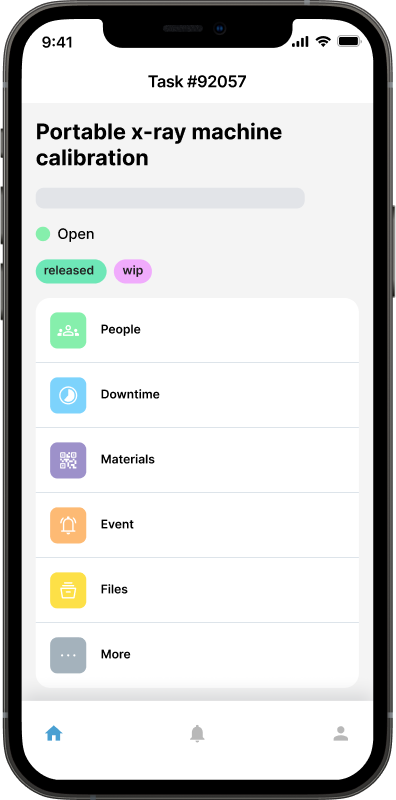Simplify and Streamline: How CMMS Systems Enhance Work Order Efficiency

CMMS software has emerged as a transformative tool for facility and maintenance management. Computerized Maintenance Management Systems, or CMMS, offer a digital solution to manage all aspects of maintenance operations, proving essential for organizations aiming to boost efficiency, reduce costs, and ensure the longevity of their assets. This article delves into the core advantages of integrating CMMS into your maintenance strategy and explores how it reshapes work order management.
The Central Role of CMMS in Modern Maintenance
At its core, CMMS provides a centralized platform for managing maintenance tasks, tracking assets, scheduling preventive maintenance, and analyzing operations for continuous improvement. By digitizing maintenance operations, organizations can move away from reactive maintenance models to adopt a more proactive, strategic approach. This shift enhances operational efficiency and significantly reduces downtime and operational costs.
Advantages of Implementing CMMS Software
The implementation of CMMS software brings myriad benefits to an organization:
Streamlined Work Order Management: CMMS automates creating, assigning, and tracking maintenance tasks, ensuring that work orders are completed in a timely and efficient manner.
Enhanced Asset Management: With CMMS, organizations gain detailed insights into asset performance, maintenance history, and lifecycle, allowing for informed decision-making regarding asset utilization and investment.
Cost Reduction: By minimizing unplanned downtime and extending asset life, CMMS helps organizations save on emergency repairs, replacement costs, and lost productivity.
Improved Inventory Management: CMMS systems accurately track parts and materials, reducing excess inventory and ensuring the availability of necessary items for maintenance tasks.
Evolution and Accessibility of CMMS
The journey of CMMS from its inception in the 1960s to the present day is a testament to its growing significance in maintenance management. Initially reserved for large organizations with access to mainframe computers, the advent of cloud technology and mobile applications has made CMMS accessible to a wider range of businesses, including small and mid-sized organizations. Today's cloud-based CMMS solutions offer enhanced functionality, ease of use, and security, making it easier than ever for companies to adopt this technology.
Industries Reaping the Benefits of CMMS
CMMS has found applications across various sectors, including manufacturing, healthcare, education, and more. Any industry that relies on physical assets for daily operations can benefit from the efficiency and insights CMMS provides. CMMS enables these sectors to optimize their maintenance operations and improve overall productivity by facilitating preventive maintenance, asset tracking, and data analysis.
Implementing CMMS for Enhanced Work Order Efficiency

Adopting CMMS within an organization's maintenance strategy requires careful planning and execution. Key steps include assessing current maintenance processes, selecting a CMMS solution that aligns with organizational needs, and training staff to use the system effectively. The goal is to simplify and streamline work order management, thereby enhancing the overall efficiency of maintenance operations.
CMMS Software Changes the Game
Integrating CMMS systems into maintenance strategies represents a significant leap forward in how organizations manage their assets and maintenance operations. By streamlining work order management, improving asset reliability, and reducing operational costs, CMMS enables organizations to achieve greater operational efficiency and productivity. As technology continues to evolve, the role of CMMS in work order management is set to become even more pivotal, providing a clear path for organizations seeking to modernize their maintenance operations and drive sustainable growth.

